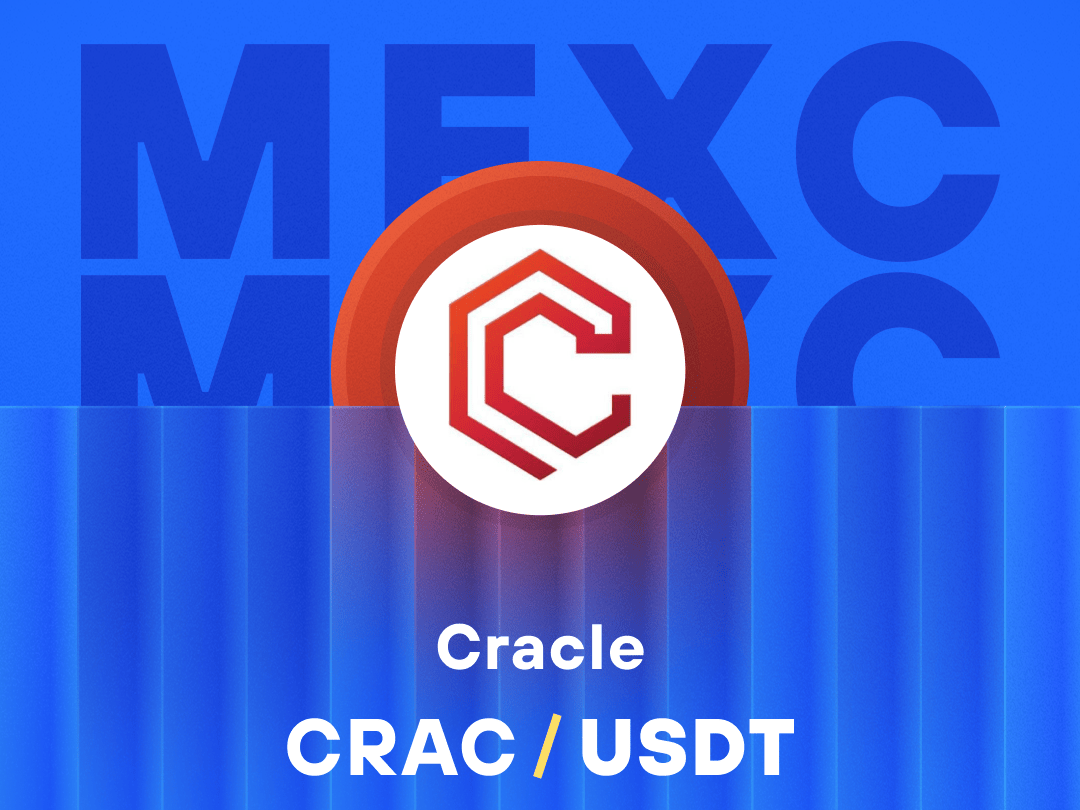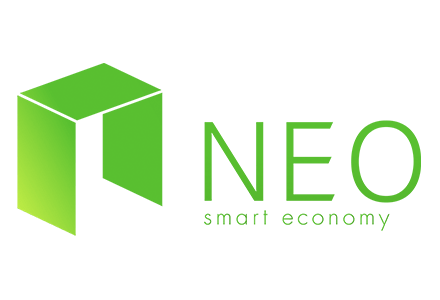
This comprehensive guide explores Espresso Systems, the groundbreaking decentralized sequencer network that’s reshaping how blockchain networks communicate and coordinate. Readers will discover how Espresso’s innovative HotShot consensus and Tiramisu data availability solutions address critical infrastructure challenges in the Layer 2 ecosystem, enabling faster confirmations, enhanced security, and seamless cross-chain interoperability. Whether you’re a developer, investor, or blockchain enthusiast, this article provides essential insights into one of the most significant infrastructure innovations in the decentralized ecosystem.
Key Takeaways
- Global Confirmation Layer: Espresso provides fast transaction confirmations (~8 seconds) for multiple Layer 2 rollups through shared sequencer infrastructure.
- Eliminates Single Points of Failure: Replaces centralized sequencers with decentralized consensus, preventing network outages and censorship risks.
- Advanced Technology: Combines HotShot consensus with Tiramisu data availability for optimal performance and security guarantees.
- Cross-Chain Interoperability: Enables seamless application operation across multiple rollups without complex bridging mechanisms.
- No Native Token: Currently operates without detailed tokenomics, potentially using restaking mechanisms for network security.
- Mainnet 1 Launch: April 2025 upgrade introduces permissionless participation and scaling to thousands of nodes.
- Competitive Edge: Offers bribery-resistant consensus and modular architecture for easy rollup integration.
Table of Contents
What is Espresso Crypto Network
Espresso is a pioneering decentralized network that operates as a global confirmation layer, providing fast, reliable transaction confirmations backed by Byzantine Fault Tolerant (BFT) consensus. At its core, Espresso serves as a shared sequencer network that multiple Layer 2 rollups can utilize instead of relying on their own centralized sequencers. The platform combines two revolutionary technologies: HotShot consensus protocol and Tiramisu data availability layer, creating a robust infrastructure that supports cross-chain composability and coordination.
The Espresso Network functions as a bridge between isolated blockchain ecosystems, enabling them to work together as one unified system. Through its confirmation layer, Espresso provides near-instant access to reliable, credibly neutral information about transactions across all connected chains. This infrastructure allows any contract to call any other contract across different chains, enables seamless liquidity flow between applications, and ensures that contributions improve the entire ecosystem rather than individual silos.
Currently operating in its Mainnet 0 release, Espresso supports applications through three core functionalities: fast confirmations that complete within approximately 8 seconds using HotShot consensus, decentralized sequencing powered by 100 nodes running in a decentralized manner, and low-cost data availability that offers a cheaper alternative to Ethereum for storing transaction data. The network is actively expanding its integration capabilities, with native support for Arbitrum Orbit chains, OP Stack chains, Polygon CDK, and Cartesi applications.

What Problems Does Espresso Systems Solve?
1. The Centralized Sequencer Problem
The current Layer 2 ecosystem suffers from a fundamental limitation: each rollup operates its own centralized sequencer to order and process transactions. This architecture creates significant vulnerabilities, as centralized sequencers represent single points of failure that can compromise entire networks. When sequencers go offline—which has occurred in practice—the affected rollups cease to function entirely, leaving users unable to process transactions or access their funds.
Beyond availability concerns, centralized sequencers enable operators to engage in harmful behaviors such as transaction censorship, front-running, or extracting excessive fees through monopolistic practices. Users must place enormous trust in these operators, sacrificing the decentralization and security guarantees that originally attracted them to blockchain technology.
2. Cross-Chain Fragmentation and Interoperability Challenges
The proliferation of isolated Layer 2 solutions has created a fragmented ecosystem where applications across different rollups cannot easily interact with each other. This fragmentation undermines one of Ethereum’s most valuable properties: composability, where different protocols can seamlessly integrate and build upon each other. Without shared infrastructure, developers must create complex bridging mechanisms for cross-rollup interactions, leading to increased security risks, higher costs, and poor user experiences.
Current bridging solutions typically require 15-minute finality times when moving funds between rollups, as they must wait for transactions to be finalized on the Ethereum Layer 1. This lengthy process creates friction in user experiences and limits the potential for real-time cross-chain applications such as arbitrage, flash loans, and atomic transactions spanning multiple networks.
3. Pre-confirmation Trust and Security Issues
Many rollups attempt to provide faster user experiences through pre-confirmations—promises from centralized sequencers that transactions will be included in future blocks. However, these pre-confirmations rely entirely on the reputation and economic incentives of individual operators. Users have no cryptographic guarantees that pre-confirmed transactions will actually be included, and malicious or compromised operators can easily equivocate on their promises without facing immediate consequences.
This trust-based model fails to provide the security assurances that sophisticated applications require, particularly in high-value scenarios such as DeFi protocols, cross-chain bridging, and time-sensitive trading operations.

The Story Behind Espresso Systems
Espresso Systems emerged from a vision to solve the fundamental scalability and interoperability challenges facing the blockchain ecosystem. The project was founded by a team of experienced researchers and engineers who recognized that while Layer 2 rollups offered significant improvements in transaction throughput and cost reduction, they created new problems around centralization and fragmentation.
The founding team, led by experts with backgrounds in cryptography, distributed systems, and blockchain technology, identified that the sequencer component of rollup architectures represented both the greatest bottleneck and the greatest opportunity for improvement. Rather than allowing each rollup to operate in isolation with its own centralized sequencer, they envisioned a shared infrastructure that could provide stronger security guarantees while enabling unprecedented levels of cross-chain coordination.
Since its inception, Espresso Systems has been committed to advancing the theoretical foundations of consensus protocols and data availability systems. The team has developed groundbreaking research in Byzantine Fault Tolerant consensus, introducing innovations such as optimistic responsiveness and bribery resistance that represent significant advances over previous consensus mechanisms. Their work on data availability has similarly pushed the boundaries of what’s possible, creating novel solutions that achieve linear communication complexity while maintaining strong security properties.

Key Features of Espresso Crypto Network
1. HotShot Consensus Protocol
HotShot represents a revolutionary advancement in Byzantine Fault Tolerant consensus technology, specifically designed to operate at scale in proof-of-stake environments. The protocol achieves optimistic responsiveness, meaning it can finalize transactions as fast as the network allows under favorable conditions, typically within seconds rather than the fixed block times used by many other systems. This responsiveness is crucial for providing user experiences comparable to traditional centralized systems while maintaining full decentralization.
The consensus mechanism is designed to resist bribery attacks as described in the technical specifications who can corrupt nodes by offering economic incentives. Unlike committee-based systems that remain vulnerable to targeted bribery attacks, HotShot requires all staked nodes to participate in consensus, making bribery attacks prohibitively expensive. The protocol maintains safety as long as more than two-thirds of the total stake remains honest, providing security guarantees comparable to Ethereum itself.
2. Tiramisu Data Availability Architecture
Tiramisu implements a sophisticated three-layer data availability solution that optimizes for both performance and security. The base Savoiardi layer uses verifiable information dispersal (VID) to encode block data into erasure-coded chunks distributed among storage nodes, ensuring data can be recovered even if many nodes become unavailable. This provides the strongest security guarantees but requires more computational resources for data recovery.
The middle Mascarpone layer utilizes a small, randomly selected committee that stores complete block data, enabling fast recovery under normal network conditions. The top Cocoa layer leverages a content delivery network (CDN) for optimal performance when conditions are favorable. This layered approach allows Tiramisu to deliver Web2-level performance when possible while falling back to increasingly robust mechanisms as needed, ensuring data availability is never compromised regardless of network conditions.
3. Cross-Chain Composability Infrastructure
Espresso’s architecture enables synchronous composability across multiple Layer 2 networks, allowing applications to interact across chains as if they were operating on a single blockchain. This capability opens up entirely new categories of applications, such as cross-rollup arbitrage without intermediate bridging steps, atomic transactions that span multiple networks, and shared liquidity pools that can be accessed from any connected chain.
The network’s confirmation system provides cryptographic guarantees about transaction ordering and inclusion that bridges and other cross-chain applications can rely upon. This eliminates the trust assumptions typically required when moving assets between different networks and enables much faster bridging operations—often completing in seconds rather than the 15+ minutes required for current Ethereum Layer 1 finality.

Espresso Systems Real-World Applications
1. Enhanced Cross-Chain Bridging
Traditional cross-chain bridges face significant security and user experience challenges due to the lengthy finality times required by current infrastructure. Espresso’s fast confirmation system enables bridges to release funds in seconds rather than waiting 15+ minutes for Layer 1 finality. This improvement makes cross-chain transactions feel nearly instantaneous, similar to transactions within a single blockchain network.
The enhanced security model also reduces risks for bridge operators and users. Since Espresso provides cryptographic proofs of transaction ordering and inclusion, bridges can operate with greater confidence and potentially offer higher value transfers without increased security assumptions. This could unlock new categories of cross-chain applications that were previously impractical due to timing or security constraints.
2. Shared Rollup Infrastructure
Multiple rollup projects are integrating Espresso to replace their centralized sequencers with shared, decentralized infrastructure. Arbitrum Orbit chains can leverage Espresso for enhanced decentralization while maintaining compatibility with existing Arbitrum tooling. OP Stack deployments can similarly benefit from Espresso’s confirmation layer while preserving their execution environments and existing applications.
This shared infrastructure model provides economic benefits as well as technical ones. Rollups can reduce operational overhead by not needing to maintain their own sequencer infrastructure, while benefiting from the collective security provided by Espresso’s decentralized validator set. Smaller rollups gain access to enterprise-grade infrastructure that would be prohibitively expensive to develop independently.
3. Cross-Rollup Application Development
Espresso enables entirely new categories of applications that can operate seamlessly across multiple rollups. DeFi protocols can create unified liquidity pools accessible from any connected chain, allowing users to trade assets or provide liquidity without needing to bridge tokens manually. Gaming applications can maintain consistent state across multiple specialized gaming rollups, enabling complex multi-chain game mechanics.

Espresso Systems Token Information
Based on comprehensive analysis of the available documentation, Espresso Systems has not yet released detailed information about a native token. The technical papers and documentation focus extensively on the network’s consensus mechanisms, data availability solutions, and integration capabilities, but do not specify tokenomics details such as total supply, distribution schedules, or specific utility functions for a native token.
The documentation does reference staking mechanisms and fee structures within the network, suggesting that Espresso utilizes economic incentives to secure the network and compensate validators. However, these mechanisms may operate through restaking protocols like EigenLayer, allowing existing Ethereum stakers to participate in Espresso consensus without requiring a separate native token.
The absence of detailed tokenomics information in current documentation suggests that Espresso Systems may be focusing on establishing the technical infrastructure and partnerships before finalizing token distribution plans. This approach is common among infrastructure projects that prioritize product-market fit and technical validation before introducing tokenomic complexity.
Given Espresso’s integration with Ethereum’s security model through potential restaking mechanisms, the project may choose to leverage existing cryptoeconomic infrastructure rather than introducing an entirely new token. This would align with the project’s focus on interoperability and composability across existing blockchain ecosystems.
Future of Espresso Crypto Network
Espresso Network is positioned for significant expansion with its upcoming Mainnet 1 release, scheduled for April 2025, which will introduce permissionless participation through delegated proof of stake. This upgrade represents a crucial step toward full decentralization, allowing any party to participate in network consensus rather than limiting participation to a predetermined set of validators.
The network’s roadmap includes scaling to support thousands of consensus nodes, dramatically increasing the security budget and decentralization of the system. This expansion will leverage the efficiency improvements of HotShot consensus and the hybrid CDN/P2P networking architecture to maintain performance even as the validator set grows substantially.
Espresso’s integration pipeline continues expanding with additional rollup stack support beyond the current Arbitrum Nitro, OP Stack, Polygon CDK, and Cartesi integrations. Each new integration multiplies the potential for cross-chain interactions and composability, creating network effects that increase the value proposition for all connected chains.
The project’s research team continues advancing the theoretical foundations of shared sequencing, with ongoing work on protocols like CIRC (Coordinated Inter-Rollup Communication) that could enable even more sophisticated cross-chain coordination. These developments position Espresso to become the foundational infrastructure for a truly interoperable multi-chain ecosystem.

Espresso Systems vs Competitors
Primary Competitors in Shared Sequencing
Espresso faces competition from several projects working on shared sequencing and cross-chain infrastructure. Notable competitors include Astria, which focuses on shared sequencer networks with different architectural approaches, and various data availability solutions like Celestia, EigenDA, and Avail that address overlapping infrastructure needs.
Traditional bridging solutions and interoperability protocols such as LayerZero and Axelar represent indirect competition, as they attempt to solve cross-chain communication through different technical approaches. However, these solutions typically require longer finality times and introduce additional trust assumptions compared to Espresso’s cryptographically secured confirmation system.
Espresso’s Competitive Advantages
Espresso’s primary advantage lies in its novel combination of HotShot consensus and Tiramisu data availability, which together provide both fast finality and strong security guarantees. The optimistic responsiveness of HotShot allows the network to achieve confirmation times measured in seconds under normal conditions, aims to provide faster confirmation times compared to systems requiring Layer 1 finality.
The bribery resistance built into HotShot consensus represents a significant security advance over committee-based systems used by many competitors. While smaller committees can be corrupted through targeted economic attacks, Espresso’s requirement for participation by all staked nodes makes such attacks prohibitively expensive, providing security guarantees closer to those of major Layer 1 networks.
Espresso’s modular architecture allows chains to adopt different components based on their specific needs. Rollups can use Espresso solely for confirmations while maintaining their own data availability solutions, or they can leverage the full stack including Tiramisu DA. This flexibility provides a clearer migration path for existing rollups compared to more monolithic alternatives that require comprehensive architectural changes.
The project’s focus on preserving existing rollup execution environments while enhancing their sequencing infrastructure reduces integration complexity compared to solutions requiring significant modifications to rollup codebases. This approach accelerates adoption by minimizing the technical and operational risks associated with infrastructure changes.
Conclusion
Espresso Systems represents a transformative approach to blockchain infrastructure, addressing fundamental limitations in the current Layer 2 ecosystem through innovative consensus and data availability technologies. By providing shared sequencing infrastructure that eliminates single points of failure while enabling unprecedented cross-chain composability, Espresso positions itself as essential infrastructure for the future of decentralized applications.
The project’s technical innovations in HotShot consensus and Tiramisu data availability solve real problems that have hindered blockchain adoption and user experience. With fast confirmations, strong security guarantees, and seamless cross-chain interactions, Espresso enables the next generation of applications that can operate across multiple networks as efficiently as single-chain applications operate today.
As the network progresses toward full decentralization with Mainnet 1 and expands its integration ecosystem, Espresso is well-positioned to become the foundational layer that enables true interoperability across the diverse landscape of blockchain networks. For developers, users, and the broader blockchain ecosystem, Espresso represents a crucial step toward realizing the vision of a unified, composable decentralized internet.
Join MEXC and Get up to $10,000 Bonus!
Sign Up


